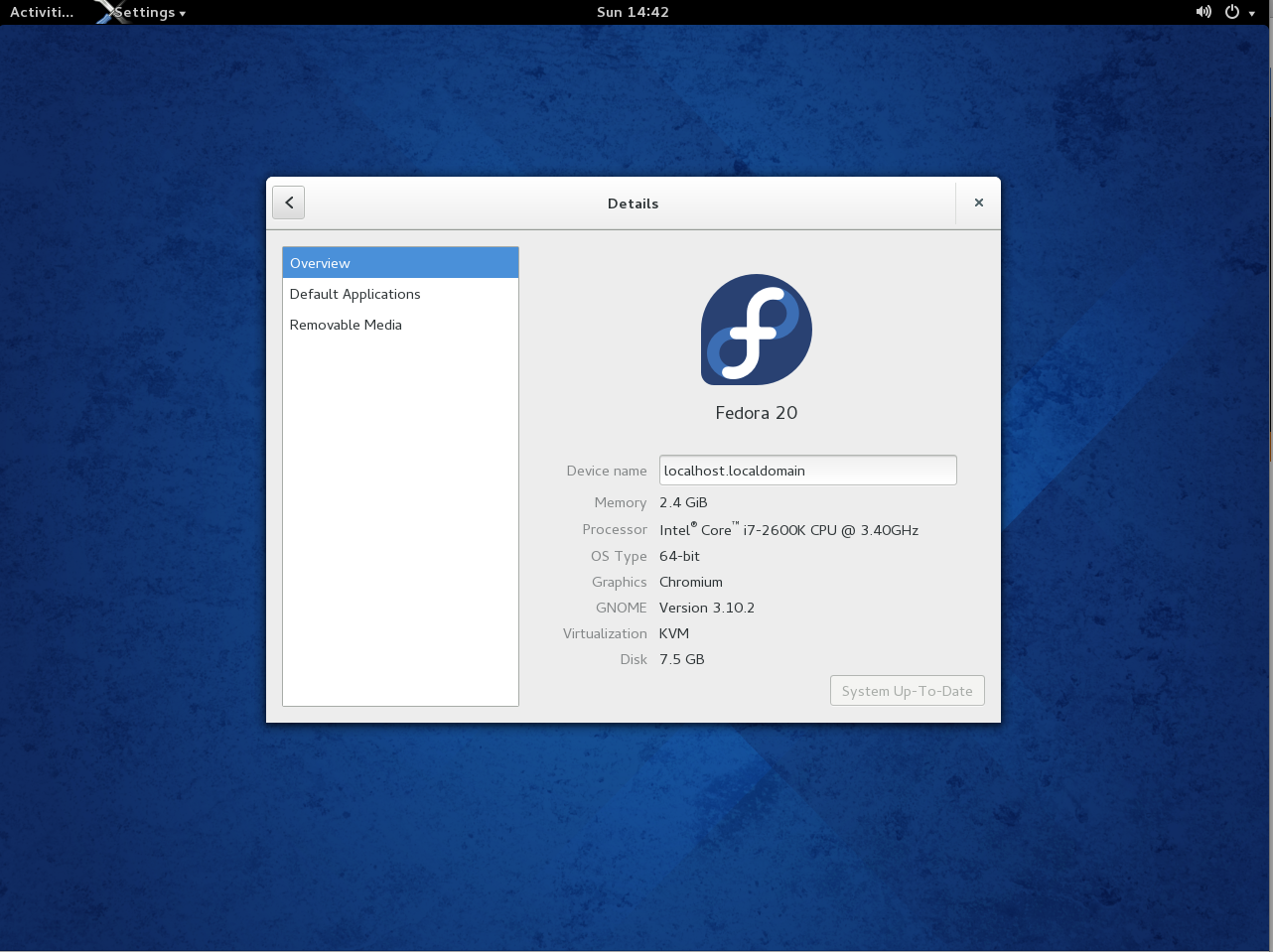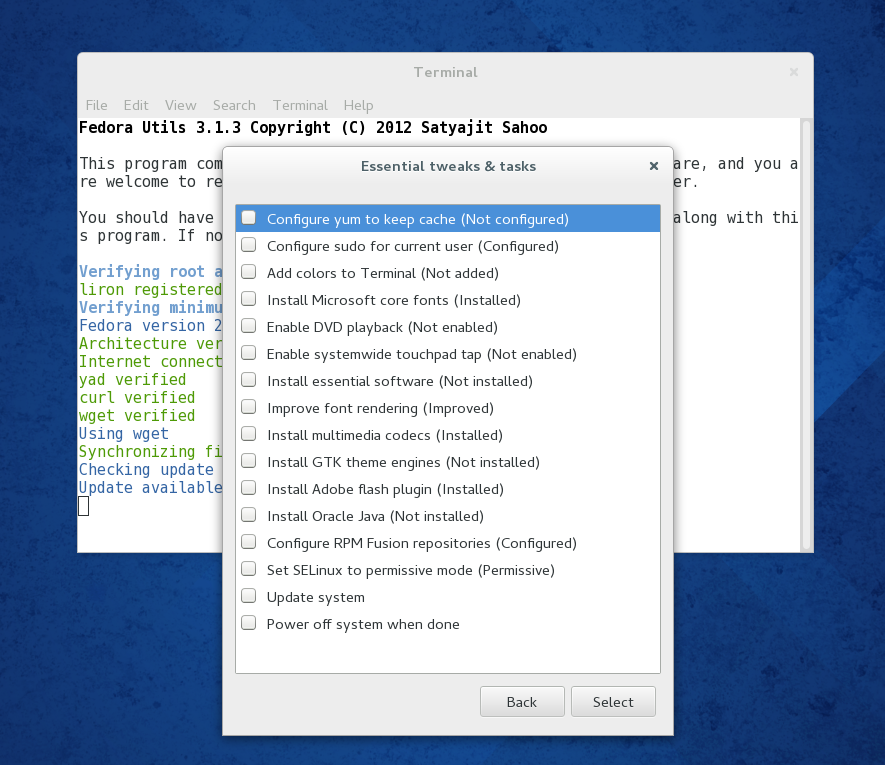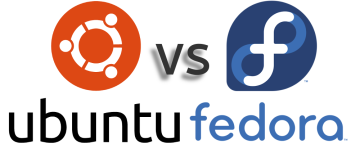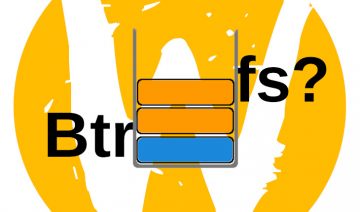What’s new in Fedora 20
Fedora 20 has been released 5 days ago (17/12/2013), bringing with it:
- A newer kernel 3.11
- A newer default Gnome shell version 3.10
- New front-end package management tool (surprisingly) called “Software“
- Updated bluetooth stack
- System Administration under-the-hood improvements
As you can see there isn’t a whole lot of new features added to fedora on this release, although jumping from Gnome 3.8 to 3.10 might be considered as a big step. Aside from that and the newer kernel you’d probably wouldn’t feel any difference between it and the former release.
Full list of Fedora 20 changes is available here.
Installation
The installation process of Fedora 20 hasn’t really changed much from last release, it is a very fast automated graphical installer with advanced features available at the edge of your fingertips. The installer enables you to install Fedora with as minimum mouse clicks and key strokes as possible but it is not a ‘hold your hand‘ kind of installer type, as you can see in the images below – the installer does let you know there are issues you must address before continuing the installation, but it doesn’t take you straight to it, thus it feels less streamlined and more geared towards experienced users who already been through a Linux installation before.
Day to Day use
For a day to day use basis Fedora 20 is a relatively stable cutting edge distro, i.e. it’s not a rolling release distro yet it still supplies you with a rather large selection of bleeding edge technologies, more than that it is certainly one of the best Gnome distros there is nowadays and for some good solid reasons that is. The new “Software” application is single handedly the most useful new feature Fedora 20 has to offer in this release – it makes package managing (installations, removals and updates) much more comfortable and easier than ever before.
That said there are still some apps lacking in the default Fedora 20 repos, and these are: all the proprietary drivers and apps such as – Nvidia drivers, Flash plugins, codec packs, chrome web-browser, etc… Since Fedora, or better say its sponsors are such a great open-source supporters, they have limited the repositories to include only free license software. However this small issue can be easily overcome by installing Fedora Utils via terminal.
Bugs
Being a distro with a nature and goals such as Fedora, aiming to “lead the advancement of free and open source software”, it’s only realistic that you may encounter some bugs along the way. Although all known serious issues has already been taken care of before the release, some minor bugs still exists and the following image is a living proof of that. However one of the good features about Fedora 20 is that it includes an automatic bug report tool, so that developers can track down those bugs and eliminate them in timely manner.
Bottom line
Fedora 20 stays true to the tradition started in Fedora 17 – being fast and pretty solid while delivering some new innovative technologies at the same time, its open source contribution and adherence make it admirable and unique among many Linux distros out there, and for that I take down my fedora hat off and bow before it ;-)
To whom would I recommend Fedora 20 to?
– Intermediate to advanced users, people who like to use the bleeding edge softwares but not risk utterly breaking their whole distro. Gnome 3 fans.

















